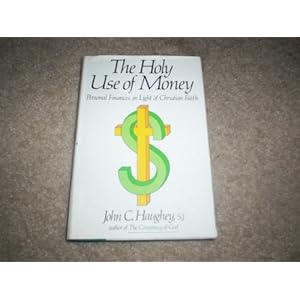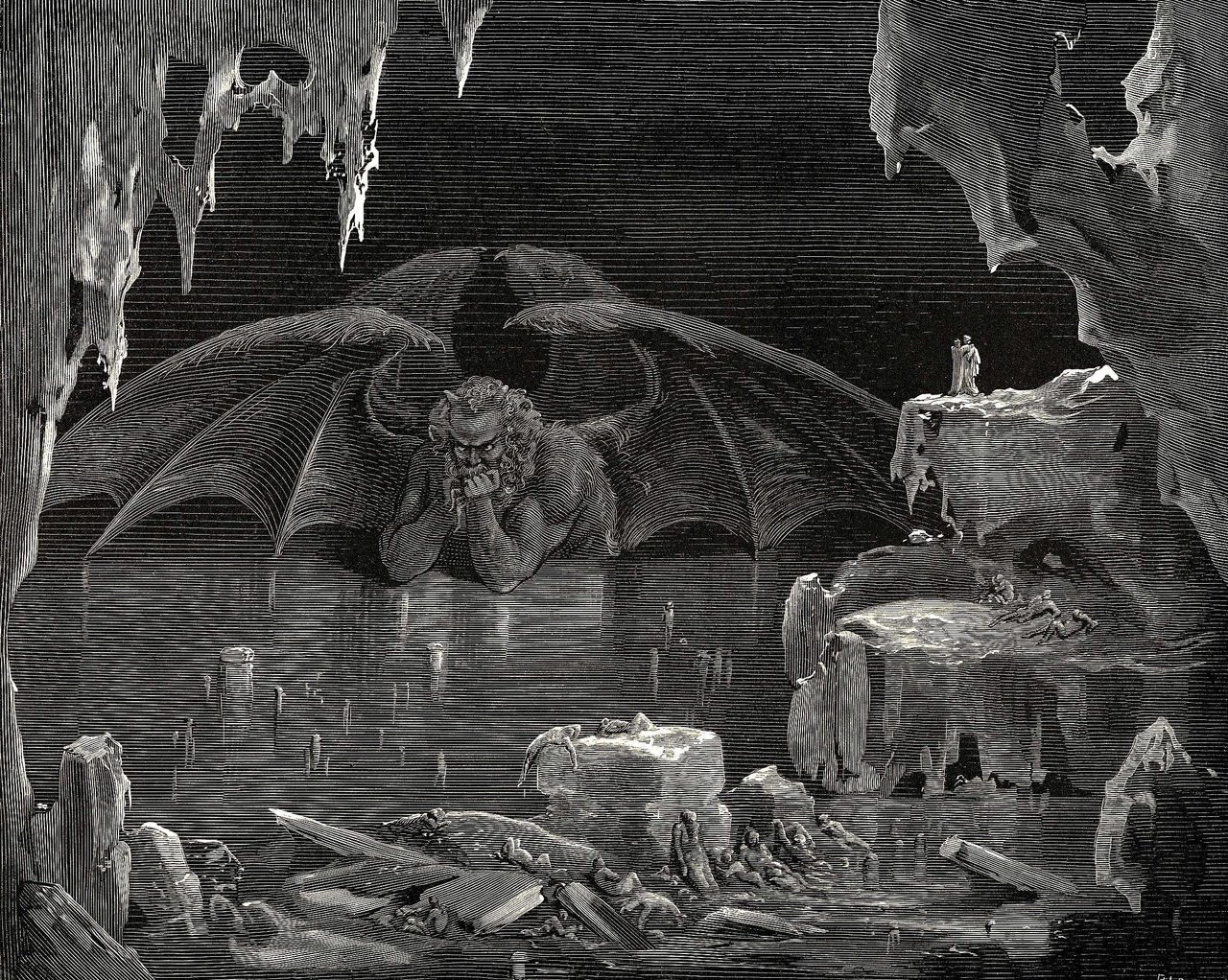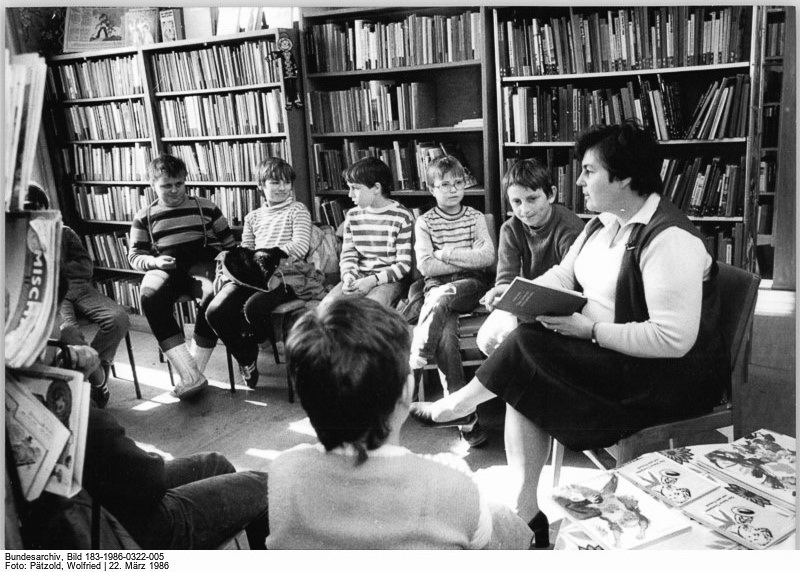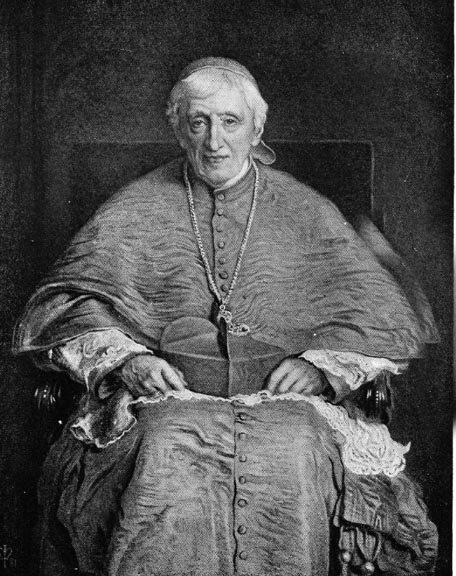Dear Misfits,
We can now add another great novel to our growing bibliography of classic literature. This month we read and discussed Dorothy L. Sayers’ Lord Peter Wimsey novel, Unnatural Death (The Dawson Pedigree). I predict that we will read more of these absorbing, masterfully written mysteries. Ms. Sayers is noted for both her mystery stories and for her Christian scholarship. (See Divine Comedy below.) She is also the first woman to be awarded a degree from Oxford University. But, Lord Peter Wimsey is her hallmark character, staring in 15 novels and a collection of Lord Peter Wimsey short stories.

Unnatural Death begins with Lord Peter Wimsey overhearing a conversation at his club. His curiosity aroused, he asks the speaker to give a detailed account of his story. The speaker, Dr. Carr, is willing to comply—and cautions that his story does not have a happy ending. Because he followed his medical instincts and voiced his suspicions that his patient’s death was “unnatural”, he lost his medical practice in the small town wherein he was practicing. The doctor told Lord Peter that he became suspicious when his patient, Agatha Dawson, died suddenly. He was almost certain that she had more time to live. Agatha Dawson’s great niece, Ms. Mary Whitaker, was her care taker at the time and did call the doctor to say that her aunt was doing poorly. However, his subsequent examination didn't match that diagnosis. He had strong doubts about how "natural" Agatha’s death was, but he had no proof.
After hearing Dr. Carr’s story, Lord Peter’s “detecting” instincts are fully engaged. He and his side kick, Detective Charles Parker--the 'official' detective from Scotland Yard—proceed to develop the proof needed to reopen the case and discover the actual, very mysterious cause of Agatha Dawson’s untimely and unnatural death. If you like murder mysteries, you will love this novel. You will also be captivated by Ms. Sayers’ highly descriptive writing style and the marvelous characters she uses to develop the story line and ultimate resolution.
And now to the future:
March’s book, by popular demand, is Bram Stoker’s Dracula. I have started reading the novel…and can’t put it down! Some may wonder why a Catholic Men’s Reading Group is reading Dracula! I myself was a bit puzzled when several Misfits recommended the book. I’ve discovered that the novel is, by tone and reference, very Catholic. In fact, the Catholicism in Dracula is the subject of an excellent essay by Eleanor Bourg Donlon in the May/June issue of the St. Austin Review. The following is an excerpt from the essay:
“The crucifix given to Jonathan Harker serves as a mise en abyme for Bram Stoker’s use of the Catholic aesthetic in Dracula. Put simply, the plot is about good versus evil; more deeply embedded within the novel is a fascinating manipulation of Catholicism as a means for dealing with the supernatural. Characters, narrating their own story in the form of diaries, journals, and letters, base their interpretation of events on two simple yet interconnected principles: first, that Count Dracula is a supernatural being embodying the Christian concept of Satan; second, that the vampiric sucking of blood is an Anti-Eucharist. From these premises the novel constructs a religious paradigm—a decidedly Catholic paradigm—through which the characters can both understand and combat the perceived threat. Some admission is made of the sacramental power of Catholic accessories, but a fear of that power persists—Harker, as an “English Churchman”, tentatively ascribes his unease to “the crucifix itself”. The novel, unequivocally rejecting the evil intrinsic in the Romanian vampire, is in the end conflicted in its reception of Catholicism, and turns from this unresolved problem, to conventional, although complicated, Protestant resolution.”
Dracula is in print and widely available. Amazon sells several editions of the classic story-- some for as little as a dollar (plus shipping.)
April-September’s reading schedule has changed a bit! As I reported last month, we have decided to read Dante’s Divine Comedy. However, we will take six months to read it as opposed to the nine months we originally thought would be necessary. Thus, it will take us six months to accomplish the challenge.
We are also fortunate to have Misfit Tom Loome help us with our reading of The Divine Comedy. He taught several university courses in Dante in years past. He declares that it is unquestionably one of the greatest works of Christian literature, if not world literature, ever written.
Do also remember that we are going to use the three volume Penguin Edition of Dorothy Sayers highly regarded translation. (This will give us a common point of reference for our discussion of the three books of the Divine Comedy.) Our reading schedule is now as follows:
April-May: The Divine Comedy, Part 1: Hell (Penguin Classics) - Paperback (June 30, 1950) by Dante Alighieri and Dorothy L. Sayers. There are 34 Cantos in the book so we will read and discuss 17Cantos each month.
June-July: The Divine Comedy, Part 2: Purgatory (Penguin Classics) (v. 2) - Paperback (Aug. 30, 1955) by Dante Alighieri, C. W. Scott-Giles, and Dorothy L. Sayers. Again, there are 33 Cantos so we will read and discuss 17 Cantos in June and 16 in July.
August-September: The Divine Comedy, Part 3: Paradise (Penguin Classics) (v. 3) - Paperback (July 30, 1962) by Dante Alighieri, Dorothy L. Sayers, and Barbara Reynolds. Again, there are 33 Cantos in the book so we will read 17 Cantos in August and 16 in September. We are also fortunate to have Misfit Loome help us with our reading of The Divine Comedy. He taught several university courses in Dante in years past. He declares that it is unquestionably one of the greatest works of Christian literature, if not world literature, ever written.
And remember that we meet on the Second Wednesday of every month in the St. Thomas More Library at the Church of St. Michael at 7:00 pm. Our meetings last until 8:30 pm (and then we sometimes retire to Meister’s Bar for a pint or two…and further discussion, often about books!) So, hope to see you next month at 7:00pm, Wednesday, March 9, 2011.
With warmest regards,
Misfit Buzz
Share |








_-_Dante_And_Virgil_In_Hell_(1850).jpg/482px-William-Adolphe_Bouguereau_(1825-1905)_-_Dante_And_Virgil_In_Hell_(1850).jpg)














